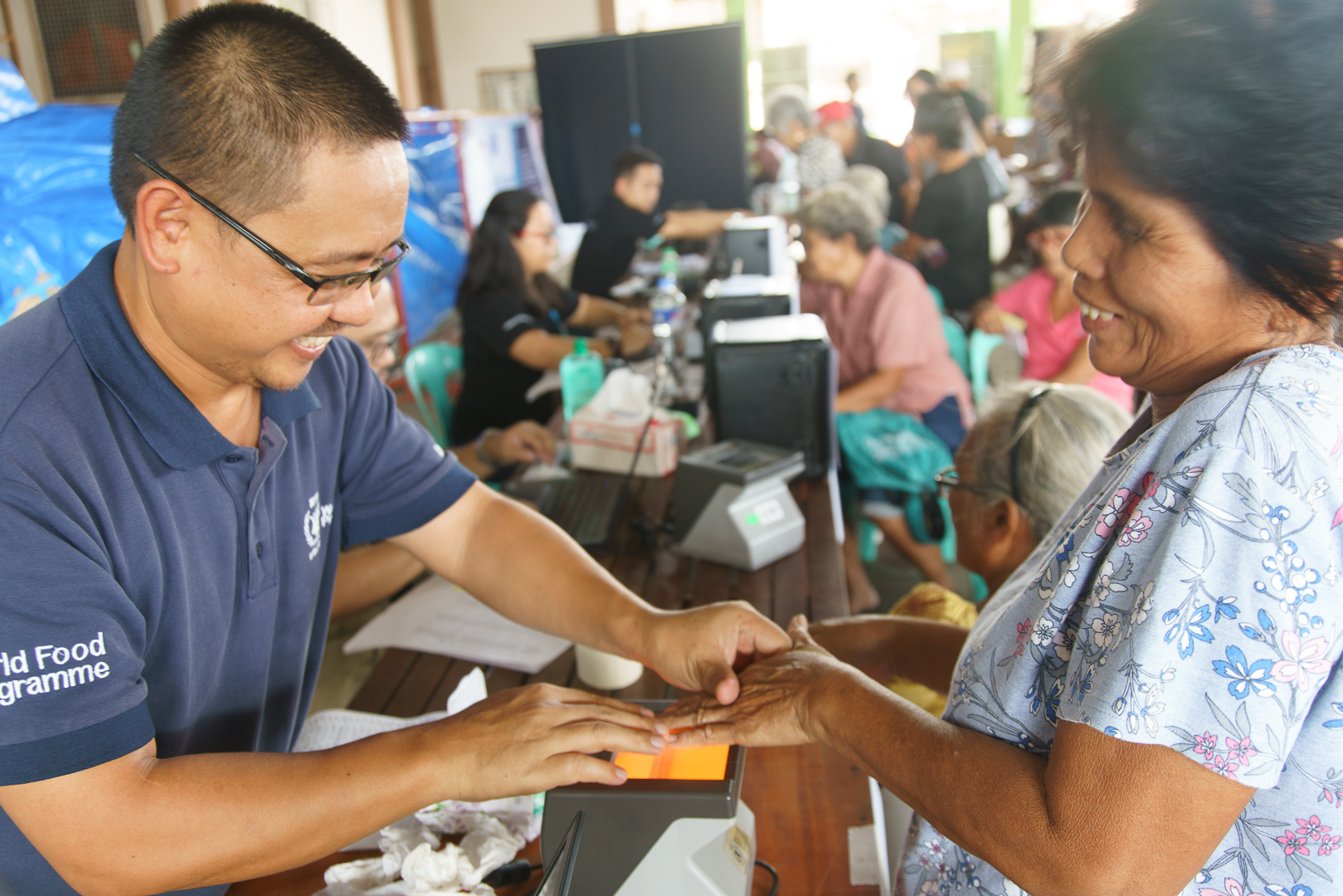Whether fighting Covid-19 or a natural disaster, emergency preparedness can save lives. Utilised correctly, it can also play a vital role in empowering some of the poorest communities of the world.
For Lourdes Dilariarte of Pilar, Sorsogon Province of Bicol region, typhoon Kammuri was yet another disaster bent on testing her resilience.
“This is the first time I ever experienced a storm like this,” says the 70-year-old. “The wind lasted for so long, and it rained the entire night.” Pointing to her thighs, she adds, “the flood was up to here.” Her village is still littered with the debris that portrays the extent of destruction.
In early December 2019, Typhoon Kammuri, locally known as ‘Tisoy’, made landfall in Sorsogon in the Philippines. Along its path, 65,000 houses were destroyed, hundreds of thousands of families were left in need of help and without power for days.
In the past, affected families had no other choice but to wait for assistance to arrive. This time however, the people of Pilar were ready. Residents like Lourdes had already received support from a UN agency well before the storm hit.
Forecast-based financing
Two weeks before Tisoy, knowing the region was entering its peak flood season, WFP Philippines dispatched cash to 1,000 vulnerable households. The action was triggered by a pilot system known as “forecast-based financing”. It does what its name suggests, helping people prepare for shocks around the corner.
The communities were happy.
Left: With no steady income and an ailing father to care for, Cecilia Doroliat Camposano (first left) and her family face great financial difficulties. She planned to use the money from WFP to fix her house damaged by typhoon and buy medicines for her father.
“The number one thing is food. And then preparing the house for the strong wind, tying things down with ropes. That’s what most of us do here,” says Rody Rodriguez, another resident who received cash support from the WFP.
Tisoy was the 20th storm hit the Philippines in 2019.
By acting early, WFP, together with the provincial and municipal governments, is helping vulnerable households prepare better and recover quicker in the face of hazards.
The province of Sorsogon was selected based on reliable weather forecasts and seasonal data, which predicted that the first week of December would be filled with extreme weather events. A strong typhoon could easily wreak havoc on the lives and livelihoods of local communities who are already living hand to mouth.
Pay-outs of PHP2,300 (US$45) – 10 days’ worth of the minimum daily wage in the target area – were provided to at-risk households. The sum aligns with the national government’s guidelines for cash in emergencies. The households were selected out of a most vulnerable household list developed by the Department of Social Welfare and Development.
The number one thing is food. And then preparing the house for the strong wind, tying things down with ropes. That’s what most of us do here,”
WFP had also set up a complaint-and-feedback mechanism to ensure the scheme was accountable to the affected population.
Counting the benefits
When asked how they spent the money, many locals say that they used it to buy food, before anything else.
“If we had not gotten the cash, we would spend our own meagre income to buy food or would have to rely on the assistance from local government units,” says Lourdes.
Having already received assistance in advance, the communities’ need for assistance after the disaster was much reduced; a fact that is well noted by local officials.
“Based on our experience, no one gives assistance before a calamity. Usually that happens after a calamity or event,” says Arnol Lista, Local Disaster Risk Reduction and Management Officer. “The amount may not be a lot, but for people in our municipality, it means they could use it to buy food and other necessities; get their houses ready before the storm; and move on with their lives much quicker after the storm.”
Currently, 10 provinces in the Philippines have established plans to institutionalise the FbF approach in their respective areas. WFP is also supporting the institutionalisation of the FbF approach at the national level by supporting the Government of Philippines with capacity strengthening.
These activities are funded generously by the government of Germany.
“A key element of FbF is that the allocation of resources is agreed in advance as a form of partnership between the government, WFP and other humanitarian partners,” explains Douglas Broderick, Country Director a.i. of WFP Philippines. “By combining FbF with climate-smart disaster risk reduction and response efforts, WFP can contribute to the long-term community resilience-building efforts of the country.”
Besides the Philippines, WFP’s forecast-based financing is also being implemented in Bangladesh and Nepal in Asia and the Pacific—the most disaster-prone region in the world.
All photo credits: ©WFP Philippines/Arete

